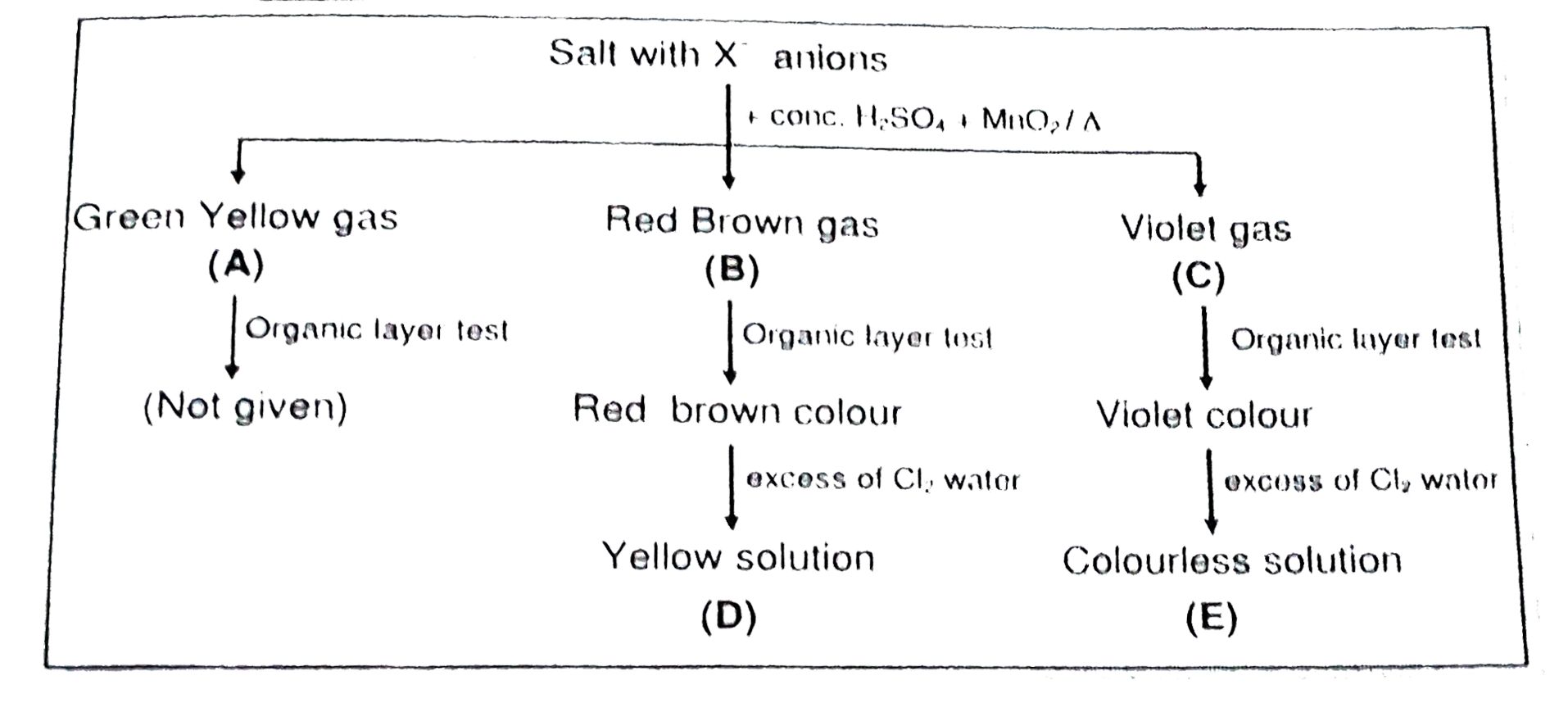Beads on string like structures of A are seen in B, which further condense to form chromosomes in C stage of cell division. Identify A, B, C.
The correct Answer is:A
To solve the question, we need to identify the structures A, B, and C based on the description provided. Let's break it down step by step:
Step 1: Understanding the Description
The question states that "beads on string like structures of A are seen in B, which further condense to form chromosomes in C stage of cell division."
Step 2: Identifying Structure A
The "beads on string" structure refers to a specific arrangement of DNA and proteins. In eukaryotic cells, DNA is wrapped around histone proteins to form nucleosomes, which look like beads on a string. This structure is known as chromonema.
So, A = Chromonema.
Step 3: Identifying Structure B
The next part of the question mentions that these structures (chromonema) are seen in B. When chromonema condenses, it forms a more compact structure known as chromatin. Chromatin is the form that DNA takes when it is not tightly coiled into chromosomes, and it can be observed during the interphase of the cell cycle.
So, B = Chromatin.
Step 4: Identifying Structure C
Finally, the question states that these structures further condense to form chromosomes in stage C of cell division. The stage of cell division where chromosomes are clearly visible and fully condensed is called metaphase.
So, C = Metaphase.
Final Answer
Putting it all together, we have:
- A = Chromonema
- B = Chromatin
- C = Metaphase
Conclusion
Thus, the answer to the question is:
- A: Chromonema
- B: Chromatin
- C: Metaphase
---
The question states that "beads on string like structures of A are seen in B, which further condense to form chromosomes in C stage of cell division."
The "beads on string" structure refers to a specific arrangement of DNA and proteins. In eukaryotic cells, DNA is wrapped around histone proteins to form nucleosomes, which look like beads on a string. This structure is known as chromonema.
The next part of the question mentions that these structures (chromonema) are seen in B. When chromonema condenses, it forms a more compact structure known as chromatin. Chromatin is the form that DNA takes when it is not tightly coiled into chromosomes, and it can be observed during the interphase of the cell cycle.
Finally, the question states that these structures further condense to form chromosomes in stage C of cell division. The stage of cell division where chromosomes are clearly visible and fully condensed is called metaphase.
Putting it all together, we have:
- A = Chromonema
- B = Chromatin
- C = Metaphase
Thus, the answer to the question is:
- A: Chromonema
- B: Chromatin
- C: Metaphase
Topper's Solved these Questions
- TEST PAPERBOOK - NCERT FINGERTPS ENGLISHCHAPTER - TEST PAPEREXERCISE - Test Paper 1
50 Videos
- TEST PAPERBOOK - NCERT FINGERTPS ENGLISHCHAPTER - TEST PAPEREXERCISE - Test Paper 2
50 Videos
- TEST PAPERBOOK - NCERT FINGERTPS ENGLISHCHAPTER - TEST PAPEREXERCISE - Practice Paper-2
50 Videos
- STRUCTURAL ORGANISATION IN ANIMALSBOOK - NCERT FINGERTPS ENGLISHCHAPTER - STRUCTURAL ORGANISATION IN ANIMALSEXERCISE - Structural Organisation In Animals
129 Videos
- THE LIVING WORLDBOOK - NCERT FINGERTPS ENGLISHCHAPTER - THE LIVING WORLDEXERCISE - The Living World
130 Videos
Similar Questions

Identify A, B, C, D
View Solution
Identify A,B,C,D
View Solution
Identify A,B,C,D
View SolutionIdentify A, B and C.

View SolutionIdentify A,B and C-

View SolutionIdentify A,B,C and D.
_E01_916_Q01.png)
View SolutionIdentify A, B and C ?
_E01_602_Q01.png)
View Solution
Identify a, b and c
View SolutionIn the diagram identify A, B and C.

View Solution
Identify the gas A, B and C.
View Solution
